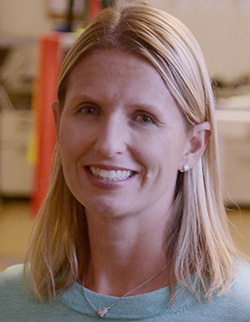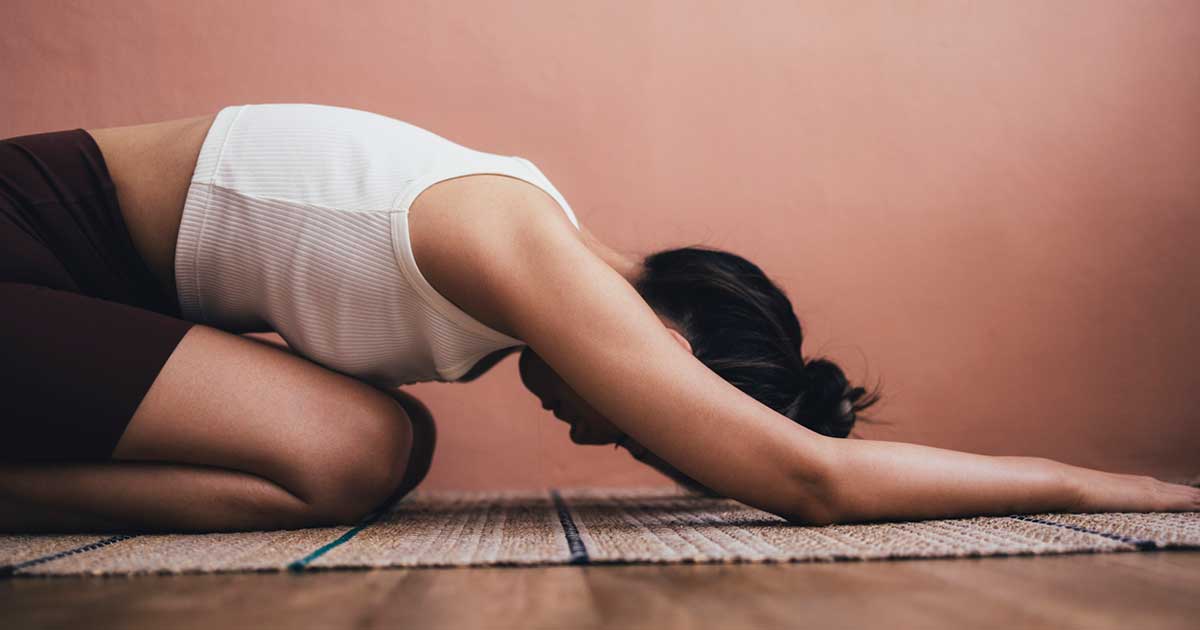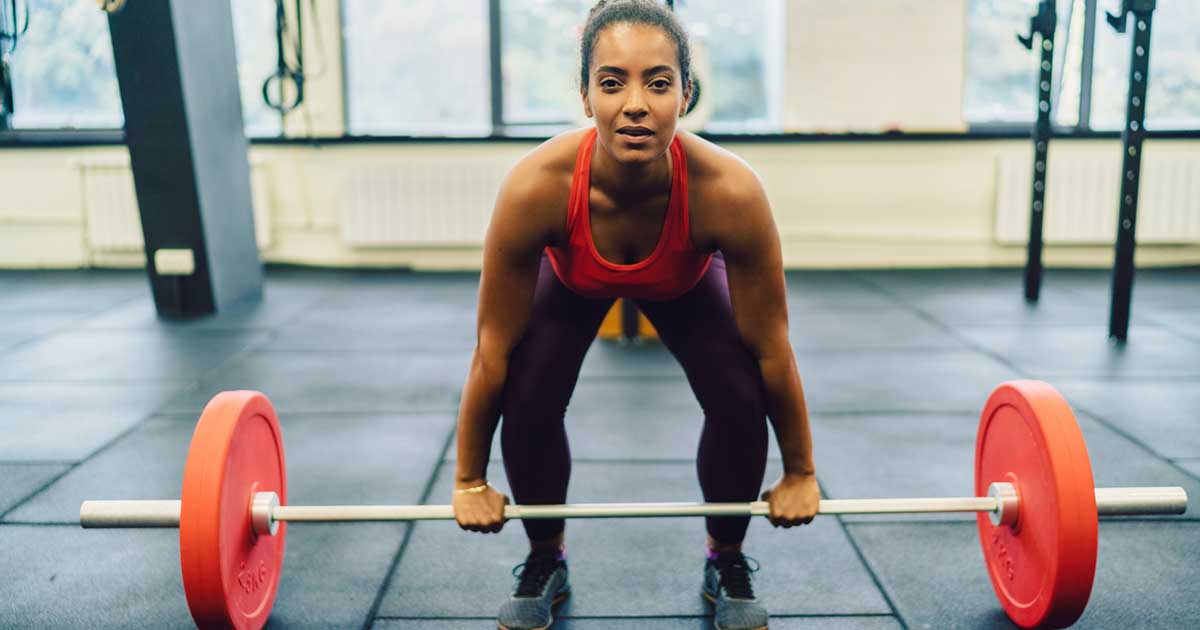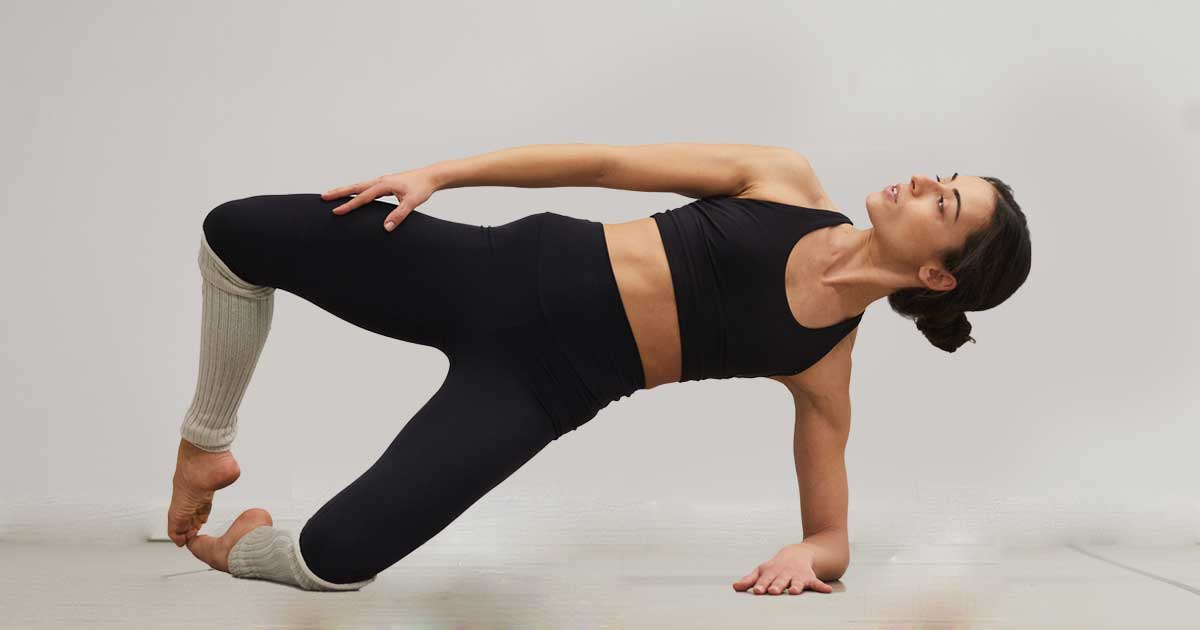A Guide to Your Core Muscles, from a PT
Advice to improve your movement, fitness, and overall health from the world's #1 in orthopedics.
Your core is your body’s primary stabilizer. Also referred to as your trunk, your core is the center of your body, including the muscles that wrap around your torso from the abdominals to the lower back. A strong core helps your other muscles to move appropriately, while a weak core puts pressure on the rest of your system to pick up the slack. Anna Ribaudo, PT, DPT, OCS, Capp-OB, a physical therapist at HSS Long Island, explains the importance of a strong core and how to keep yours in shape.
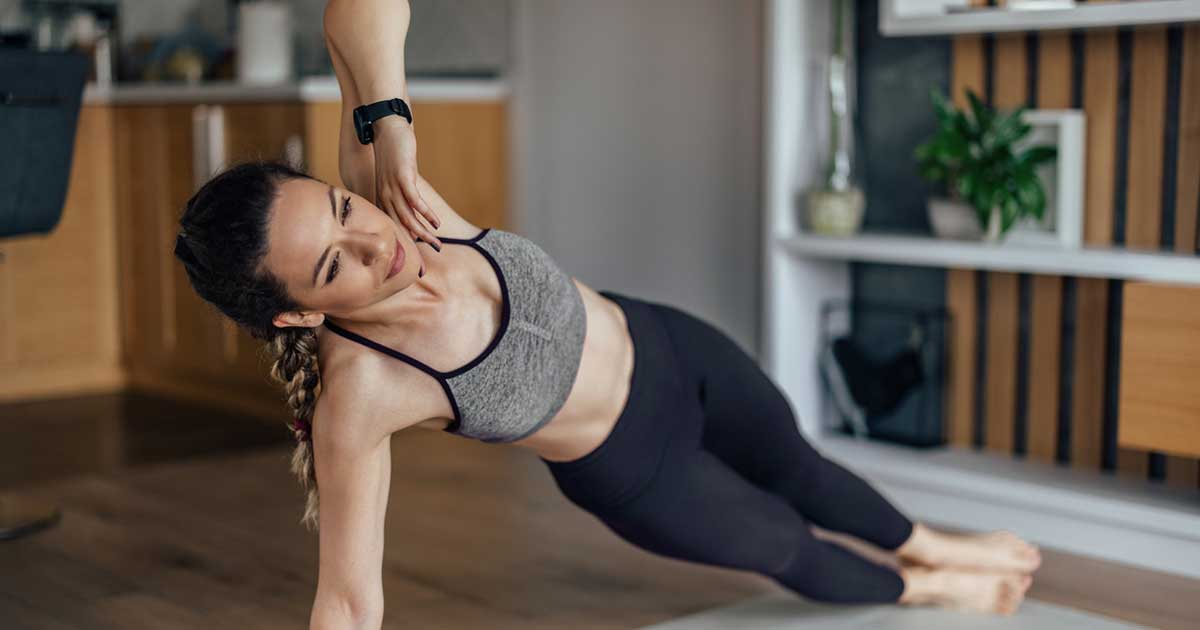
Importance of core strength
All body movement involves the core. The core muscles stabilize and prevent excessive force on the spine. Because the core is so central to your body’s functioning, Ribaudo says, weakness and injuries to these muscles can cause debilitating problems, such as lower back and hip pain, hernias and abdominal strains, as well as poor posture and an increased risk for upper and lower body injuries. On the other hand, a strong core increases protection and support for your back, helps control your movement and improves your balance.
The muscles of the core
Skeletal muscles—those attached to your bones by tendons—make up about a third of the human body. They are voluntary muscles, which means you consciously control how they work, and perform a range of functions and movements throughout the body. (This makes them distinct from smooth muscles, which are involuntary, and cardiac muscles, which are specific to the heart.)
There are some 650 skeletal muscles given Latin names according to their location, size and shape, and action. The transverse abdominis, for instance, is the abdominal muscle that wraps around the spine.
From the pelvic floor and lower back to the hips and abs, the muscles of your core work together to stabilize your midsection—and, by extension, the rest of your body, Ribaudo says. The main skeletal muscles of the core are:
- Pelvic floor. Sitting at the base of your core, the pelvic floor consists of the skeletal muscles that support the bladder and bowels, as well as women’s reproductive organs. That’s why it’s vulnerable to weakness following pregnancy and childbirth. People with weak pelvic floor muscles might experience urinary or bowel incontinence.
- Internal and external abdominal obliques. Located above the pelvic floor, these two pairs of muscles stack up the sides of your core, allowing your trunk to twist and turn. These muscles are prone to strains, particularly in athletes who twist their torsos frequently, such as baseball players.
- Transverse abdominis. Set deep in the abdomen and wrapping around the spine, the transverse abdominis serves as the core’s main stabilizer muscle by supporting spine and pelvis. It also protects and supports your core’s internal organs. When you pull your belly button into your spine—without holding your breath—you’re using your transverse abdominis muscle. Weakness in this muscle can cause lower back pain.
- Rectus abdominis. Though the rectus abdominis are known as the “six pack” muscles, they are actually just two muscles separated vertically by the linea alba. Set between the transverse abdominis at the front of your abdomen, these muscles aid in core stability and movement. When these muscles separate—a common occurrence in pregnancy—it can cause a condition called diastasis recti.
- Erector spinae. This large, deep muscle helps straighten and rotate your back, and also plays a role in stability. Erector spinae weakness can cause back pain.
Avoiding injuries to the core
“The core is like the frame of the house,” Ribaudo says. “If your frame was not built properly, nothing above or below it is going to be stable.” A stable core can reduce the risk of injuries including strains of abdominal muscles, back muscles, and muscles around the pelvis, she says. “I almost can’t stress enough how important it is to use the core properly.”
Muscles are made up of fibers that can get stretched or torn. When a muscle is overused—whether by too much repetitive movement or too much force or resistance—it’s prone to straining, also known as a pulled muscle. A muscle strain is categorized by how much the muscle stretches or tears. The three grades of muscle strains are:
- Grade 1 (mild)—A small number of muscle fibers have torn, causing pain and tenderness the day after exercise.
- Grade 2 (moderate)—About half of the muscle fibers are torn, causing significant pain and swelling with weakness after activity.
- Grade 3 (severe)—The complete rupture of the muscle, causing severe pain and swelling with complete loss of strength.
When to see a doctor for a muscle strain
You can treat a mild muscle strain at home. If you feel a severe popping sensation or hear a popping noise when the muscle strain occurs, that's a sign you should see a doctor. Contact your doctor if you have significant pain or do not see improvement in your symptoms after 2 to 3 weeks.
How to keep your core muscles stretched and strong
The core is a workhorse. The only time these muscles are not engaged is when you are asleep, Ribaudo says. You can help your core be most efficient by maintaining a neutral body position—that ideal posture between being slumped at a desk and standing at military-grade attention. “Think of your waist as a bucket of red paint,” Ribaudo says. “Look in the mirror and see where your waist should be to prevent that bucket of red paint from spilling forward or back. That’s your neutral.”
Ribaudo recommends these simple, at-home exercises to increase core flexibility and strength:
Cat-Cow Stretch
- Start on your hands and knees in a tabletop position.
- Inhale, arch your back, and lift your tailbone and head (cow pose).
- Exhale, round your spine, tuck your chin to your chest, and tuck your tailbone (cat pose).
- Repeat the sequence, moving smoothly between cat and cow poses to stretch and mobilize the spine.
Hip Flexor Stretch
- Kneel on one knee with the other foot in front, creating a lunge position.
- Keep your torso upright and press your hips forward, shifting your weight forward until you feel a stretch through the front of the left thigh and groin.
- Switch legs and repeat the stretch on the other side.
Plank Variations
- Forward Plank. Start by positioning yourself on your forearms and toes on the floor, keeping your elbows directly below your shoulders. Gradually transition to a push-up position with arms fully extended. Hold your body in a straight line from head to heels, engaging in your core muscles throughout the exercise.
- Side Plank. Lie on your side with your legs straight and prop yourself up on your forearm, lifting your hips off the ground to form a straight line from head to heels.
- Dynamic Planks. Incorporate movement into your plank by lifting alternate limbs or performing plank jacks (moving your feet in and out like a jumping jack on the floor).
Crunches
- Lie on your back with your knees bent and feet flat on the floor.
- Place your hands behind your head or crossed over your chest.
- Lift your head and shoulders off the floor using your abdominal muscles while keeping your lower back on the ground.
- Lower back down with control and repeat the movement.
It’s normal to feel soreness after trying a new exercise, Ribaudo says, but the discomfort should go away within 48 hours and shouldn’t interfere with daily life. Avoid exercises that cause pain, instead slowly building up endurance and strength. Your core will thank you.
